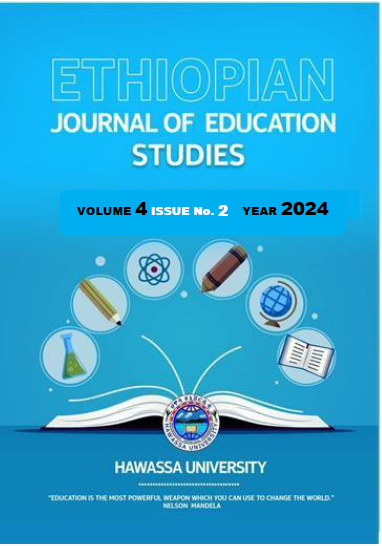Instructor Leadership Styles and Student Motivation: A Study of Public Universities in Amhara Regional State
Keywords:
Transformational Leadership, Transactional Leadership, Student Motivation, Higher Education, EthiopiaAbstract
This study investigates how instructors' leadership styles influence student motivation in public universities in Ethiopia's Amhara Regional State. Drawing on Bass and Avolio’s Full-Range Leadership Theory (FRLT), the research examines the effects of transformational and transactional leadership on student engagement and academic drive. While educational leadership is increasingly recognized as critical, empirical research within Ethiopian higher education particularly in the Amhara region remains limited. Using a correlational quantitative design, we surveyed 321 third-year undergraduate students from four public universities with a validated 44-item Likert-scale questionnaire. Pearson correlation analysis revealed strong, statistically significant associations between transformational leadership (r = .734) and transactional leadership (r = .717) with student motivation, with transformational leadership exerting a slightly greater influence. A significant correlation between the two leadership styles (r = .678) also suggests that instructors frequently employ blended leadership approaches. Our findings indicate that transformational leadership enhances intrinsic motivation through inspiration and intellectual stimulation, whereas transactional leadership supports extrinsic motivation through structured expectations and rewards. Instructors who adopt both styles appear better equipped to address diverse student needs and navigate institutional challenges. This study contributes to a localized understanding of educational leadership in Ethiopia and underscores the importance of adaptive, context-sensitive faculty development. We recommend integrating leadership training into professional development programs to strengthen student motivation and improve learning outcomes in resource-constrained academic environments.

